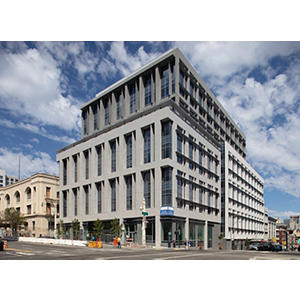
Sara Kleinman, MD
Clinical Assistant Professor
Allergy & Immunology
Servicios especializados de Stanford Medicine Children's Health – San Francisco
Stanford Medicine Children's Health Specialty Services - San Francisco
1100 Van Ness Ave, 7th Floor
San Francisco, CA 94109
Teléfono:
(844) 733-2762
Fax:
(650) 725-7578
Localización

Stanford Medicine Children's Health Specialty Services - San Francisco
1100 Van Ness Ave, 7th Floor
San Francisco, CA 94109
Mapas, direcciones y estacionamiento
Teléfono : (844) 733-2762
Fax : (650) 725-7578
Trabajo y educación
Educación
Medical College of Wisconsin, Milwaukee, WI, 5/20/2011
Últimos años de residencia
Case Western Reserve University Internal Med and Pediatric Residency, Cleveland, OH, 6/30/2015
Subespecialidad
Stanford University Allergy and Immunology Fellowship, Stanford, CA, 6/30/2017
Certificado(s) de especialidad
Internal Medicine, American Board of Internal Medicine, 2015
Pediatrics, American Board of Pediatrics, 2015
Allergy & Immunology, American Board of Allergy and Immunology, 2017
Idiomas
English
Conéctese con nosotros:
Descarga nuestra App: